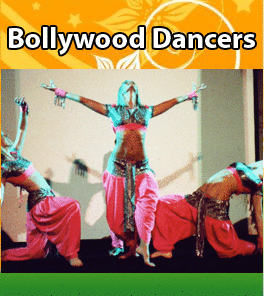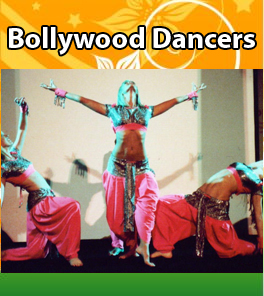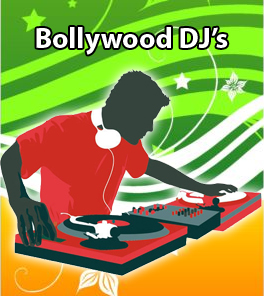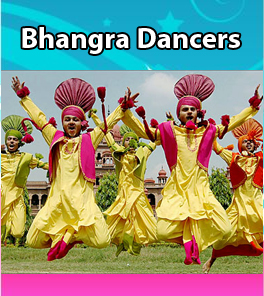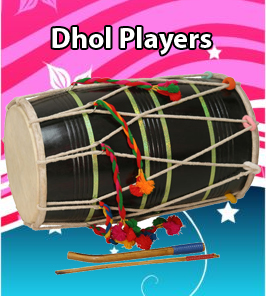DPA Hamburg, Oct 8 (DPA) The bouncy beat of Bollywood musical screen extravaganzas has become a booming economic and cultural force across Europe as broadcasters and DVD retailers cater to the latest multi-culti fad to sweep the continent.
Hamburg, Oct 8 (DPA) The bouncy beat of Bollywood musical screen extravaganzas has become a booming economic and cultural force across Europe as broadcasters and DVD retailers cater to the latest multi-culti fad to sweep the continent.
Even in European countries such as Germany, which has no sizeable ethnic population from the Indian sub-continent, radio stations pound out listeners’ favourite Hindi, Punjabi, Pakistani, ghazals, Indian pop, filmi and bhangra hits.
Dance schools around Europe are now besieged by people clamouring to sign up for courses in Bollywood-style dancing. Boutiques have glittery costume jewellery designed to make wearers look like Bollywood stars.
In Britain, Bollywood films have started to make more money at the box office than home-grown productions.
This year, 69 Bollywood films have been released in Britain and 14 productions financed by the Indian film industry are being shot there.
Britain’s three largest multiplex chains – Odeon, Vue Cinemas and Cineworld – routinely screen Hindi films that appear in the nation’s top 15 film lists. Ten years ago hardly any Bollywood films made it onto British screens.
“More and more Indian producers are looking at the potential of this market,” according to Pranab Kapadia, British head of Adlabs Films, one of India’s largest entertainment companies.
“They are gearing the productions to suit the South Asian international palette – films which people living (in Britain and Europe) can relate to.”
The Bollywood fad was spearheaded in Germany by Berlin’s Radio Multi-Kulti station, which specialises in ethnic programming. But the fad took off when dance club deejays began mixing bhangra beats on their turntables.
Arthouse cinemas featured Bollywood productions and that led to the first tentative prime-time TV viewings.
“They were hugely successful,” says Joyce Mariel, a spokesperson for RTL II television. The youth-oriented network aired “Kabhi Khushi Kabhie Gham” (Good Times, Bad Times) – and against all odds scored high ratings.
“We had an average 2 million households, which is very good for us,” Mariel recalls. “And the best part of it all was that 73 percent of the viewership was young women, which is an ideal target audience.”
Following up that success, RTL II aired Indian love story “Kal Ho Naa Ho” and then showed “Main Hoon Na” last spring. Through word-of- mouth publicity alone, each was a bigger hit than the previous one.
“We got a 25-per-cent share of the under-49 age group, with most of that in the 12-29 age group,” Mariel says. “You can’t do much better than that.”
There is one simple reason behind the recent surge in the popularity of Bollywood in the West, according to legendary Indian filmmaker Yash Chopra.
“People who see our films feel happy,” he said in an interview at this year’s Berlin Film Festival.
In fashion, music, clothes and food – “India is happening” said Chopra, whose filmmaking career spans almost half a century, with love and romance the central themes of the more than 30 films he has directed and produced over the years.
“Today, audiences are ready to accept anything different,” he said, but he quickly added: “You have to give them a package of full entertainment.”
Bollywood is the informal name given to the popular Mumbai-based film industry in India. The name is a conflation of Bombay, the old name of Mumbai, and Hollywood.
Bollywood and the other major cinematic hubs (Tamil – Kollywood, Telugu – Tollywood, Bengali, Kannada and Malayalam) constitute the broader Indian film industry, whose output is the largest in the world in terms of number of films produced and in number of tickets sold.
–DPA

